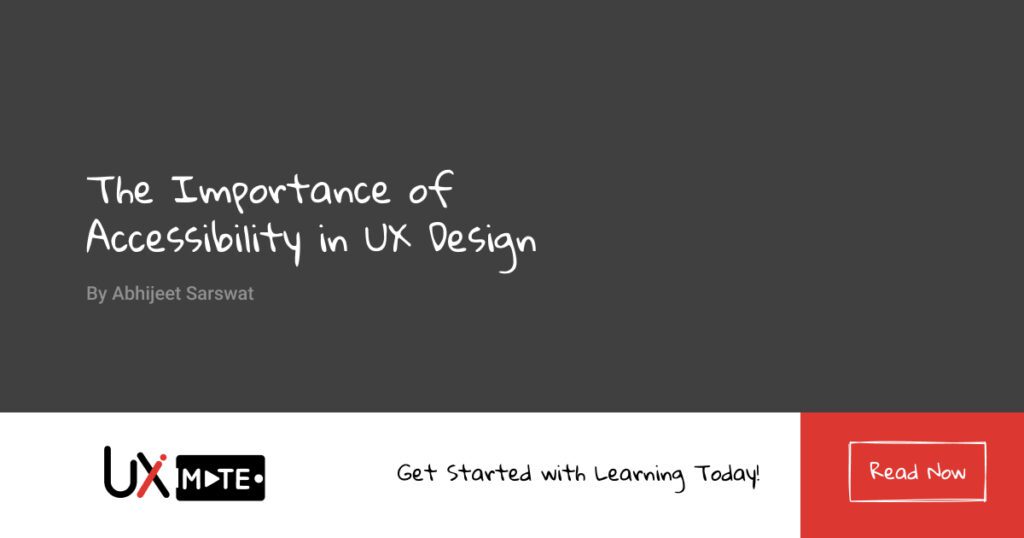As the term User Experience itself talk about Users, we must focus on User Needs. In the ever-changing landscape of user experience (UX) design, one thing remains constant: the importance of understanding users. User research serves as a compass, guiding designers to create meaningful and impactful experiences. In this article, we will explore the significance of user research in UX design and how it can answer crucial questions about user needs and align them with business goals. Let’s dive in!

The Impact of User Research
A recent Harris Interactive study revealed that the majority of users prioritize good experience design over brand loyalty. In today’s highly competitive digital landscape, users have become more discerning and expect seamless and convenient interactions with the products and services they use. If a product or service fails to meet their expectations or becomes inconvenient to use, they are quick to abandon it and seek alternatives.
To ensure that users have a positive and satisfying experience, designers must delve into the realm of user research. User research involves gathering insights and understanding the needs, preferences, and behaviors of the target audience. By conducting in-depth research, designers can uncover valuable information about what users want to achieve, what challenges they face, and how their product or service can provide a solution.
User research goes beyond just understanding user preferences; it also plays a crucial role in aligning business objectives with user needs. By gaining a deep understanding of the target audience, designers can make informed decisions that not only meet user expectations but also drive business success. It allows designers to identify opportunities, uncover pain points, and create solutions that resonate with the target audience, ultimately leading to increased customer satisfaction, loyalty, and business growth.
Unveiling User Needs
User research acts as a key to unlocking the needs and desires of users. By asking important questions and using various research methods, designers can uncover valuable insights. Your question should be down the line or in context with the following important aspects.
- Who is using the product?
- What are their typical actions and behaviors while using the application?
- Where do they live, and how does their social and cultural background impact their interactions?
- What makes a good experience?
- What things would they usually do first here? Why?
- How often do they use this product? Or similar products?
Understanding these factors empowers designers to create user-centric experiences that align with users’ goals.

Aligning User Needs with Business Goals
While addressing user needs is crucial, it’s equally important to align them with business goals. User research helps bridge the gap between user expectations and organizational objectives. By understanding users’ motivations and aspirations, designers can develop experiences that not only fulfill user needs but also drive business success. This alignment ensures that UX design enhances user satisfaction while supporting the overarching goals of the organization.
Uncovering Insights through User Research
User research encompasses a range of techniques and methodologies to uncover user insights. By conducting interviews, surveys, and usability testing, designers gain a deeper understanding of users’ pain points, desires, and expectations. How do users want to interact with the application? What features and functionalities are they seeking? Through personas, journey mapping, and user testing, designers gather comprehensive data, allowing them to make informed design decisions.
Conclusion
User research serves as a guiding light in the realm of UX design, allowing designers to uncover user needs, align them with business goals, and create impactful experiences. By answering important questions about user preferences, motivations, and expectations, designers can craft solutions that resonate with their target audience. Embracing the power of user research empowers designers to unlock the full potential of their UX design endeavors and deliver exceptional user experiences.
Read about Information Architecture.

